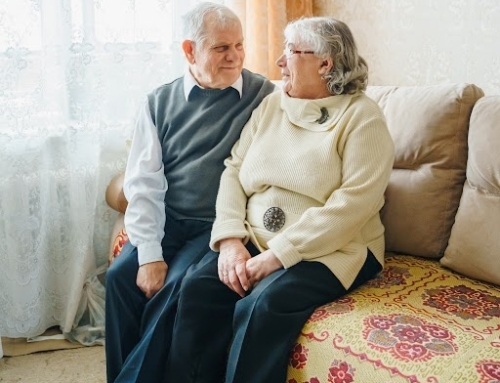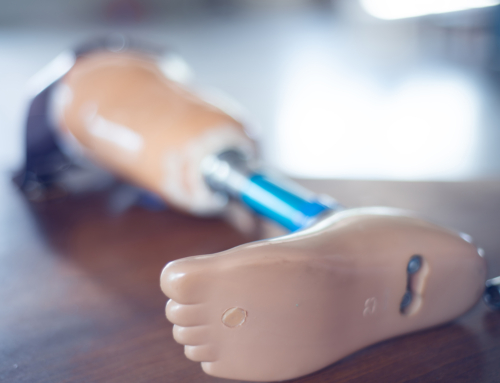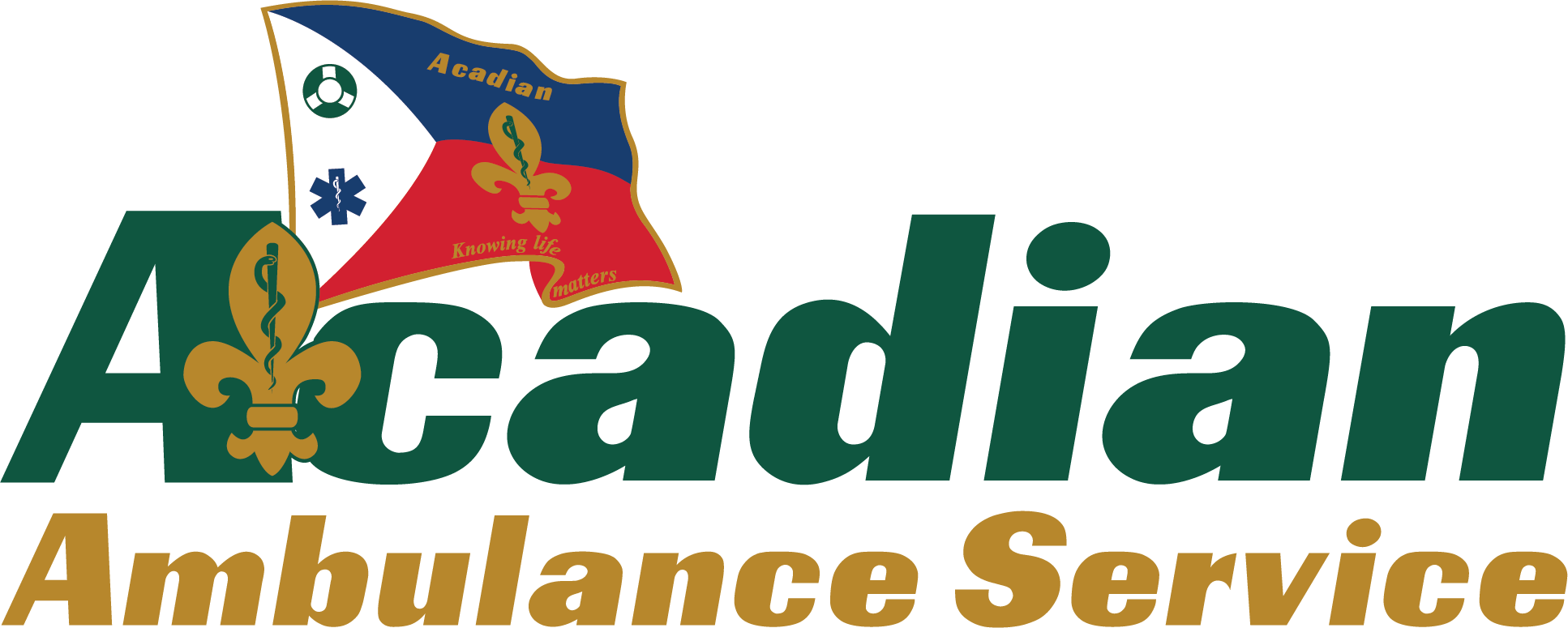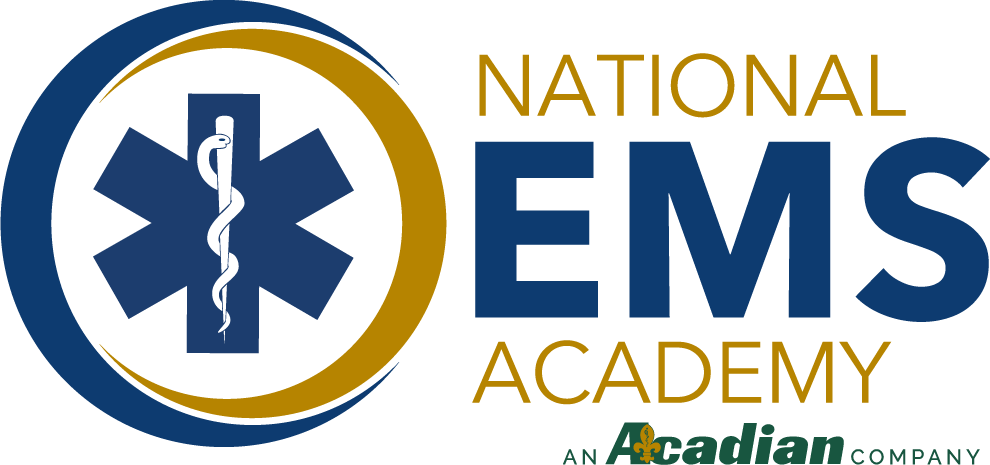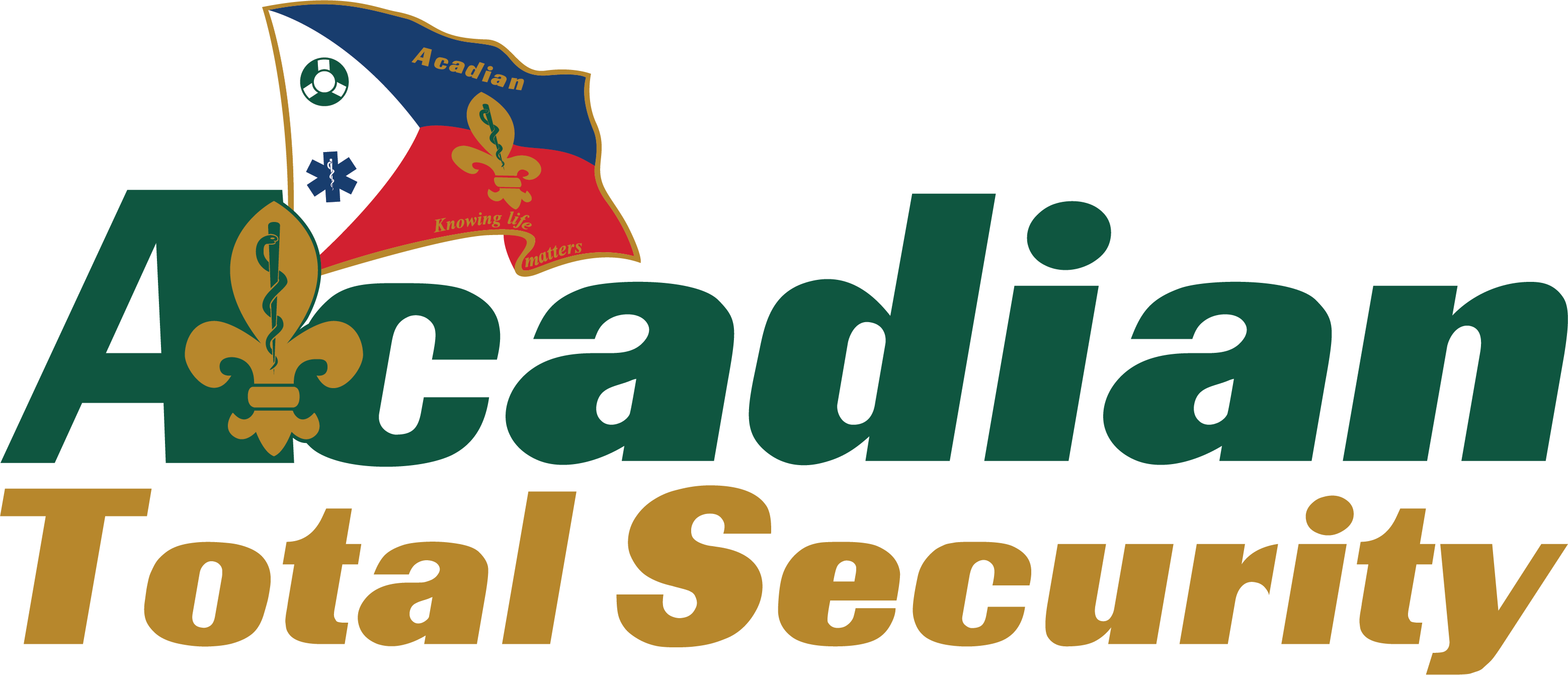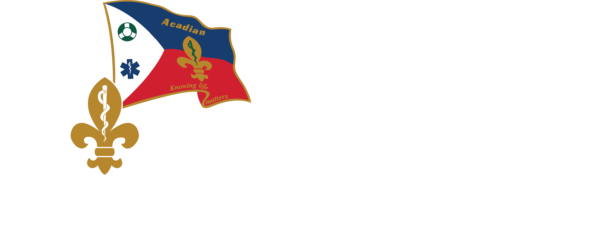As temperatures rise and the sun beats down, understanding the risks of extreme heat is crucial for safeguarding you and your loved ones’ health. Whether you’re enjoying outdoor activities such as gardening, going for a bike ride, hike or walk, recognizing the signs of heat-related illness is paramount. In this informative resource, we will walk you through various conditions caused by excessive heat, their underlying causes and most importantly, how to identify and manage them early on. By familiarizing yourself with this vital information, you’ll be empowered to take preventative measures, make informed decisions and respond effectively in emergency situations.
Supporting Elderly Relatives and Neighbors:
- Check on older adults at least twice daily during hot weather.
- Ensure they have access to a fan or air-conditioned environment.
- Older adults are more vulnerable to heat-related illnesses due to decreased ability to adjust to temperature changes and higher likelihood of chronic health conditions and medication use.
Types of Heat-Related Illnesses
Dehydration: When your body lacks sufficient fluids, dehydration can occur due to inadequate intake or fluid loss. Symptoms include thirst, headaches, decreased sweating, muscle cramps, nausea and lightheadedness.
Heat exhaustion: A less severe form of heat-related illness, heat exhaustion develops after prolonged exposure to high temperatures and inadequate fluid replacement. Symptoms include heavy sweating, paleness, muscle cramps, fatigue, weakness, dizziness, headache, nausea, vomiting, fainting, cool and moist skin, rapid pulse and shallow breathing.
Heat stroke: The most severe heat-related illness, heat stroke occurs when the body fails to regulate its temperature. Symptoms include extremely high body temperature (above 103°F), hot and dry skin (with lack of sweating), rapid pulse, throbbing headache, dizziness, nausea and confusion. Heat stroke requires immediate medical attention as it can be life-threatening.
Acadian Health’s specially trained clinical team members can provide acute care treatment in the comfort of patients’ homes for many heat-related symptoms, including dehydration, vomiting and nausea. If symptoms are severe, call 911 for immediate attention.
Protective Measures
Clothing and Hydration:
- Wear loose, lightweight and light-colored clothing.
- Use broad-brimmed hats to shield your face from the sun.
- Apply sunscreen SPF 15 or higher 30 minutes before going outdoors and reapply as directed.
- Stay hydrated before going outside and drink plenty of cool, non-alcoholic beverages throughout the day.
- Avoid alcohol and caffeinated beverages.
- Sports drinks can help replace valuable salt and minerals lost by sweating.
- Take frequent rest breaks.
- Take cool showers or baths.
Medication Considerations
Though 1 in 6 Americans take psychiatric medications, many aren’t aware of the need to be mindful of the heat in summer months. Medications like Serotonin Reuptake Inhibitors (SSRIs), Serotonin Norepinephrine Reuptake Inhibitors (SNRIs) Tricyclic Antidepressants (TCAs), Antipsychotic Drugs (ACDs), drugs that help reduce anxiety like benzodiazepines and other medications can interfere with the activity of the hypothalamus – a part of the brain that helps regulate temperature, heart rate, blood pressure and thirst. As a result, children and adults who take psychiatric medication are prone to a variety of heat related symptoms.
Some psychiatric medications: increase sweating, impair sweat production, slow blood pressure (hypotension), impair cognitive functioning in extreme heat, promote thirst, or inhibit thirst and interfere with hydration. Furthermore, many medications make the sweltering heat of summer feel exponentially hotter. Blood pressure medications also raise the risk of overheating. The most common type of sun sensitivity reaction, phototoxicity, can be caused by antibiotics of all different classes
- Check your medication’s warnings to see if you need to take special precautions.
- Spend plenty of time in the shade.
- Drink lots of water.
- Avoid alcohol and strenuous activity.
- Take cool showers.
- Keep taking your medication regularly and as prescribed.
Outdoors:
- Never leave people or pets in parked vehicles.
- Seek shade whenever possible.
- Limit outdoor activities during peak heat hours; opt for early mornings or evenings.
- Take frequent breaks in cool areas.
Indoors:
- Use air conditioning if available; visit air-conditioned public areas if not.
- Minimize use of ovens and other heat-generating appliances.
Pets:
- Ensure pets have access to shade and plenty of water.
- Protect their paws from hot surfaces such as asphalt.
By following these guidelines, you can effectively protect yourself and others from the dangers of extreme heat. Stay informed, stay hydrated and take proactive steps to stay safe during hot weather.



